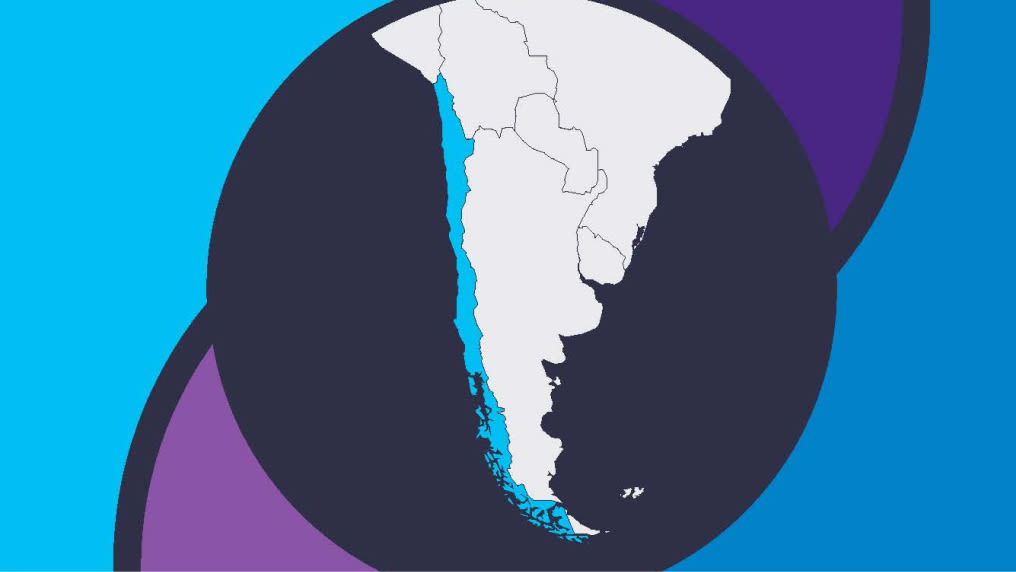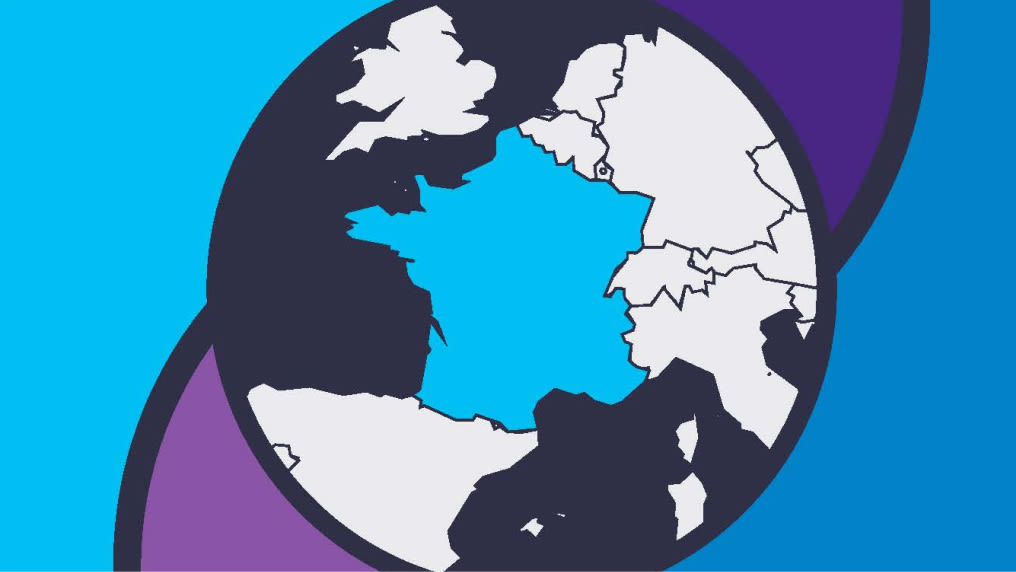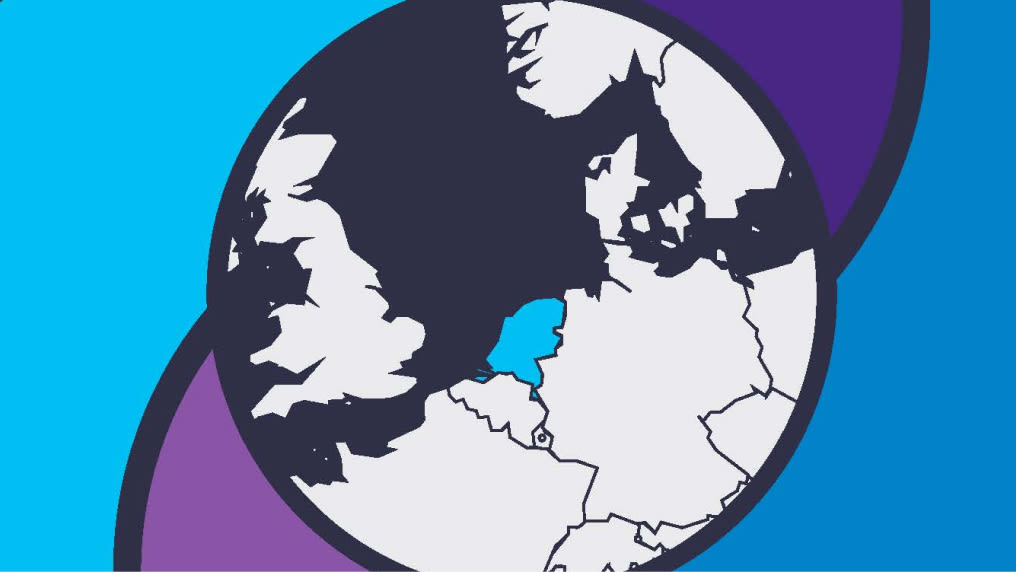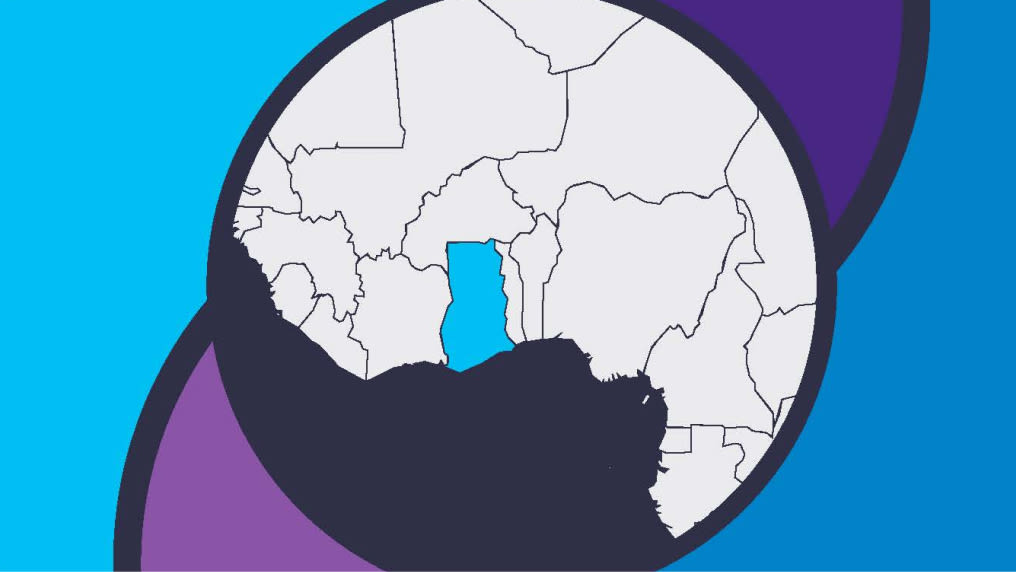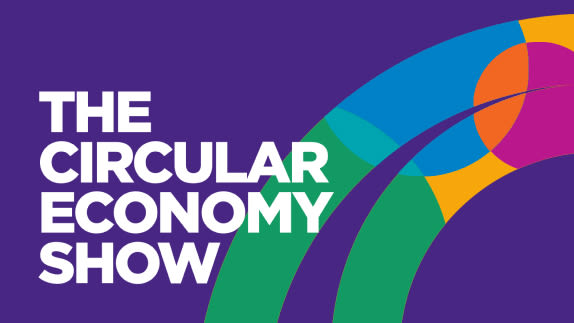This page is part of the report Pushing the Boundaries of EPR Policy for Textiles, where we explore a common approach across national EPR systems to maximize alignment and effectiveness. Additionally, we highlight the many benefits EPR can offer beyond downstream waste management. For more insights, explore the full paper.
EPR Status
State of California: SB707 Responsible Textile Recovery Act of 2024, Chaptered by Secretary of State: 28 September 2024
Proposed in the State of New York: Senate Bill S6654, “An act to amend the environmental conservation law, in relation to establishing extended producer responsibility for textiles”
Other EPR schemes: There are currently 133 EPR laws across 19 product categories in 33 states Examples include:
Washington DC EPR law for single-use and rechargeable batteries (2021)
Connecticut tyre EPR bill (2023)
Maine & Oregon EPR law for packaging (2021)
Separate collection & sorting of discarded textiles
Separate collection rate: 15%
Share of discarded textiles sorted after collection: 80%
Destinations of used textiles collected in the USA
Reusable textiles
Textiles considered reusable after sorting (Relative to the quantity of textiles sorted after collection): 45%
Reusable textiles sold on the national market (Relative to the quantity of textiles considered reusable after sorting): 9%
Reusable textiles exported internationally (Relative to the quantity of textiles considered reusable after sorting): 91%
Non-reusable and waste textiles
Textiles considered non-reusable or waste after sorting (Relative to the quantity of textiles sorted after collection): 55%
Recycling and downcycling (Relative to the quantity of textiles sorted after collection):
Textile-to-textile recycling: <1%
Downcycled into wiping cloths: 30%
Downcycled into yarn and other products: 20%
Landfill and incineration (Relative to the quantity of textiles sorted after collection):
Landfill and incineration: 5%
EPR for textiles in the USA – gaining traction
There is growing awareness and policy debate in the USA around the scale and challenges of textile flows after use. “Textile waste in the US has grown dramatically in recent decades, increasing 80% by weight between 2000 and 2018,” says Congresswoman Chellie Pingree, U.S. Congress.
“The generation of textile waste in the US is unsustainable and growing. As the rate at which clothing is produced and discarded increases, particularly concerning is that only 15% of clothing in the U.S. is recycled or reused, with the rest either incinerated or sent to landfills for disposal,” Pingree continues, pointing to the environmental impact of this waste. “The fashion industry is responsible for a significant amount of global GHG emissions.”
“Textile waste in the US has grown dramatically, increasing 80% by weight between 2000 and 2018”

Chellie Pingree
U.S. Congresswoman (D-Maine)Policymakers are aware of the shortcomings of the current system and the need for widespread action, including at an international level. “The constant cycle of production and disposal results in astounding mountains of discarded clothing, much of which ends up exported from the US,” says Pingree. “Existing systems for collection of textile waste and reusereuseThe repeated use of a product or component for its intended purpose without significant modification. and recycling infrastructure are not well established and do not support consistent, convenient, and widespread collection of the quantity and quality of textiles needed to retain value and support economical reuse.”
Setting direction through policy
Congresswoman Pingree believes that policymakers have a role to play to set direction and drive innovation and investment. “We need policy intervention to make the economics work for textile reuse, repairrepairOperation by which a faulty or broken product or component is returned back to a usable state to fulfil its intended use., rewear, and recycling,” she argues. “In particular, extended producer responsibility (EPR) can offer an opportunity to do just that while also holding the textile industry responsible for its role in the system.”
The USA has EPR schemes in place for a variety of products, across several States, but coordinated action has the potential to scale their impact. “My home state of Maine has been a leader in EPR programmes for other types of products, including packaging, and the US has numerous EPR programmes for other types of products at the state level. I recognise, however, the important role the federal government can play in ensuring EPR requirements are consistent and harmonised at the national level. Other public policies, such as incentives for secondhand purchases or participation in rental models, could also make it easier and more economical for companies and consumers to do the right thing for the environment.”
“I certainly believe that the federal government can and must do more to stop textile waste and pollution.”

Chellie Pingree
U.S. Congresswoman (D-Maine)Beyond EPR: a circular economy for textiles
The circular economycircular economyA systems solution framework that tackles global challenges like climate change, biodiversity loss, waste, and pollution. It is based on three principles, driven by design: eliminate waste and pollution, circulate products and materials (at their highest value), and regenerate nature. is recognised as a key framework in combating the growing textile challenge. “A circular economy prevents products such as textiles from becoming waste and keeps materials in circulation by designing products that can be reused, repaired, and recycled,” emphasises Pingree. “There is a role for all stakeholders — including industry, state and local governments, civil society, and the federal government — in developing a circular economy for textiles. But I certainly believe that the federal government can and must do more to stop textile waste and pollution.”
The role of the USA in the used textiles trade
The USA is a net exporter of used textiles, and in 2021, was the largest exporter accounting for 15% of global exports. In that year, 45% of the USA’s exports were sent to just four countries: Guatemala (16%), Canada (14%), Chile (8%) and India (7%).
Annual used textile exports (2021): 725kT
Annual used textile imports (2021): 14kT
Global distribution of exports from the USA (2021). Annual used textile exports (2021): 725kT
Global distribution of imports to the USA (2021). Annual used textile imports (2021): 14kT
Download
Pushing the boundaries of EPR policy for textiles: USA factsheet is available in: English
To quote this factsheet, please use the following reference: Ellen MacArthur Foundation, Pushing the boundaries of EPR policy for textiles: USA factsheet (2024).
Focus countries
These five focus countries illustrate what EPR policy design could look like in different jurisdictions. They offer a snapshot of each country’s material flows, alongside policymaker perspectives.

